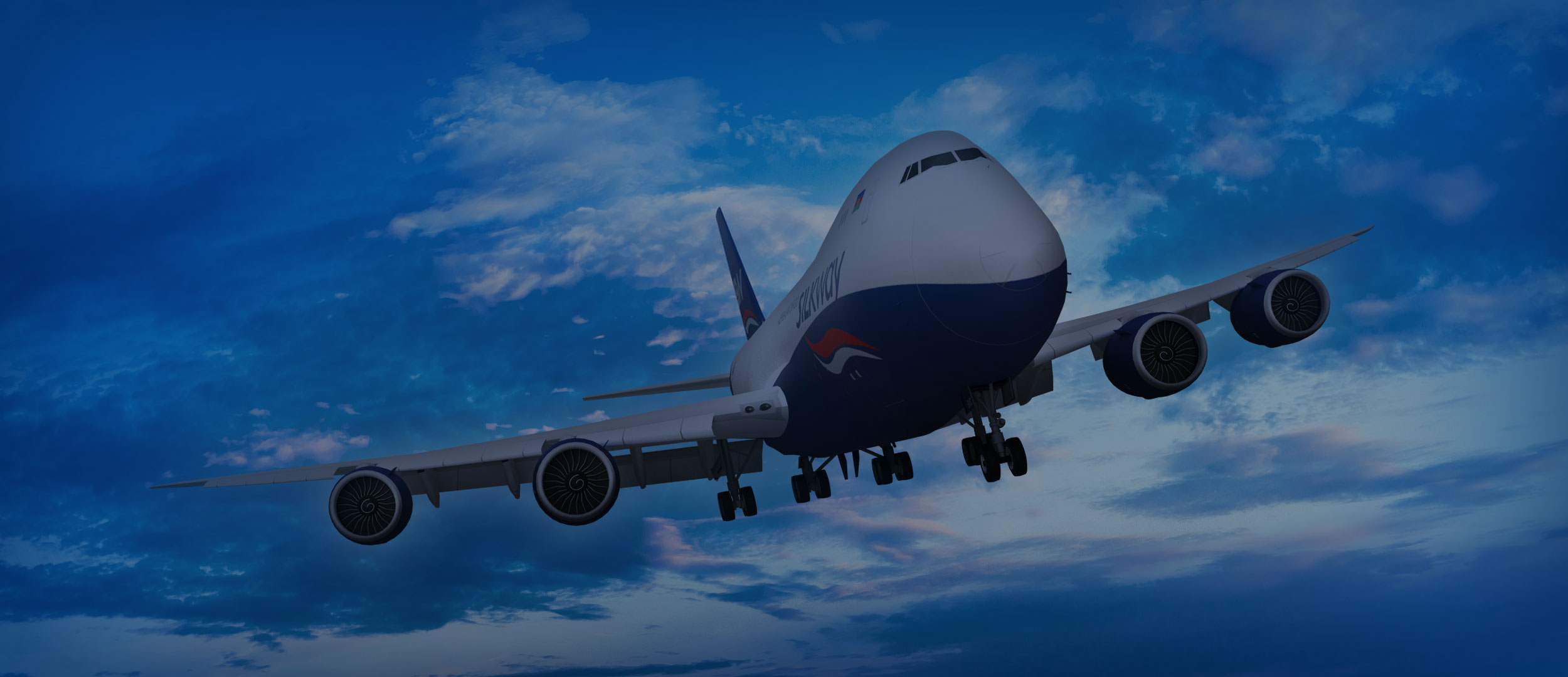When it comes to shipping goods, When it comes to shipping goods, deciding between sea vs air freight is a key factor that can impact your supply chain. Each method offers distinct benefits, but disruptions like port congestion or labor strikes can pose serious risks. At Global Feeder Services, we are here to help you navigate these challenges and keep your goods moving, even when unexpected issues arise.
Sea Freight: The Go-To for Bulk and Cost Efficiency
Sea freight is often the preferred option for shipping large volumes of goods. It offers key advantages for businesses shipping heavy, oversized, or non-urgent items.
Advantages of Sea Freight
- Cost Efficiency: In the debate of sea vs air freight, sea freight wins in terms of affordability for large-scale shipping.
- Capacity: Ships can handle vast amounts of cargo, making it a perfect choice for heavy or bulk shipments.
- Eco-Friendly: Sea freight produces lower carbon emissions per ton compared to air transport, making it a greener option.
Challenges of Sea Freight
- Longer Transit Times: Typical sea freight journeys take weeks, and during high-demand periods, delays can stretch into months.
- Port Congestion: With busy ports, your goods can get stuck for extended periods, causing delays.
- Strikes and Disruptions: Events like longshoreman strikes can halt the movement of goods, adding uncertainty to your supply chain.
During the COVID-19 pandemic, when the world experienced unprecedented port congestion, sea freight delays were a major challenge. Businesses relying solely on ocean shipping faced significant disruptions, proving that in the sea vs air freight choice, having an alternative like air freight is critical.
Air Freight: The Speed and Flexibility You Need
Air freight offers a faster, more reliable option when time is a critical factor. It’s the go-to method for businesses that need to ship goods quickly, and it’s also a crucial backup option when ocean shipping faces disruptions.

Benefits of Air Freight
- Speed: Air freight can reduce transit times from weeks to days, making it an ideal choice for urgent deliveries.
- Reliable Alternative: When ocean shipping lanes are congested or ports are closed, air freight serves as a critical backup.
- Fewer Handling Stops: Air freight involves less handling, which reduces the risk of damage or loss during transport.
Considerations for Air Freight
- Higher Cost: Air freight is generally more expensive than sea freight, but it offers value when speed is a priority.
- Limited Capacity: Airplanes have weight and size limitations, which may restrict the types of goods you can ship.
Why Air Freight Is Essential in Times of Crisis
During global disruptions like the COVID-19 pandemic, air freight played a vital role in maintaining supply chains when sea freight became unreliable. As ocean ports experienced unprecedented congestion, air freight became the reliable option that kept goods moving.
- COVID-19 Response: Air freight proved its value by ensuring the timely delivery of goods when sea freight faced long delays.
- Port Disruptions: With the potential for longshoreman strikes, air freight becomes a critical lifeline, ensuring that your business doesn’t suffer from closed or overwhelmed ports. Stay updated on potential longshoreman strikes and how they can affect your shipments here.
Why a Balanced Approach to Sea vs Air Freight Matters
In today’s unpredictable global environment, it’s essential to incorporate both sea and air freight into your logistics strategy. By balancing the cost efficiency of sea freight with the speed and reliability of air freight, you can safeguard your supply chain from delays or disruptions.
Key Takeaways
- Sea Freight: Best for large, non-urgent shipments where cost efficiency is key, but vulnerable to port delays and labor disruptions.
- Air Freight: Ideal for time-sensitive goods and a reliable backup when ocean shipping encounters issues, though more expensive.
- Balance Your Freight Strategy: By weighing sea vs air freight options and incorporating both into your logistics strategy, you can keep your supply chain moving even during global crises.
Conclusion
Both sea and air freight are essential components of a strong logistics strategy. Sea freight offers affordability and capacity, while air freight provides speed and flexibility when you need it most. By leveraging both options, you can ensure that your business remains resilient, even in the face of port closures, labor strikes, or unexpected global disruptions.
At Global Feeder Services, we help you navigate these challenges, offering tailored solutions that keep your goods moving. Don’t let port congestion or a closed port be the downfall of your business. Contact us today to explore how we can support your shipping needs and keep your supply chain running smoothly.





